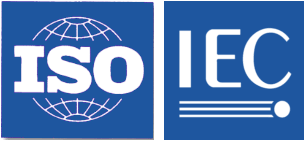Internet of things (IoT) — Interoperability for IoT systems — Part 4: Syntactic interoperability
This part of standard specifies the IoT interoperability from a syntactic point of view. In ISO/IEC 21823-1: Framework [2], five facets are described for IoT interoperability, i.e. transport, semantic, syntactic, behavioural and policy. In this document, the following specifications for IoT interoperability from a syntactic viewpoint are included;
– A p rinciple of how to achieve syntactic interoperability among IoT systems which include
IoT devices
– Requirements on information related to IoT devices for syntactic interoperability
– A framework for processes on developing information exchange rules related to IoT devices from the syntactic viewpoint
